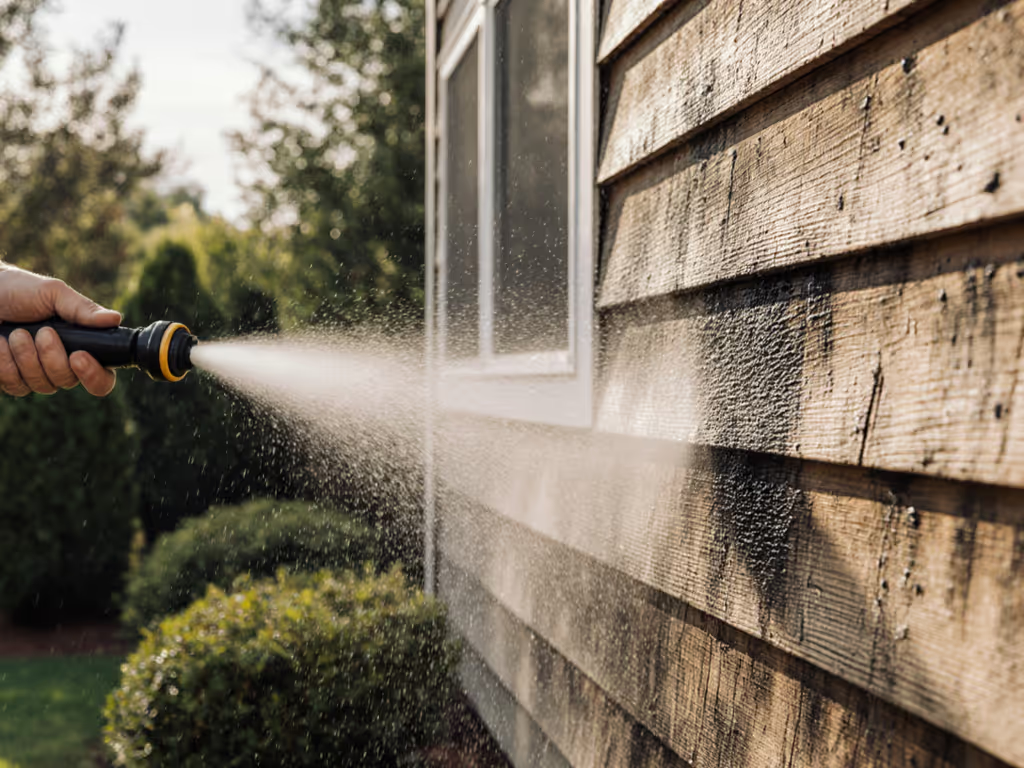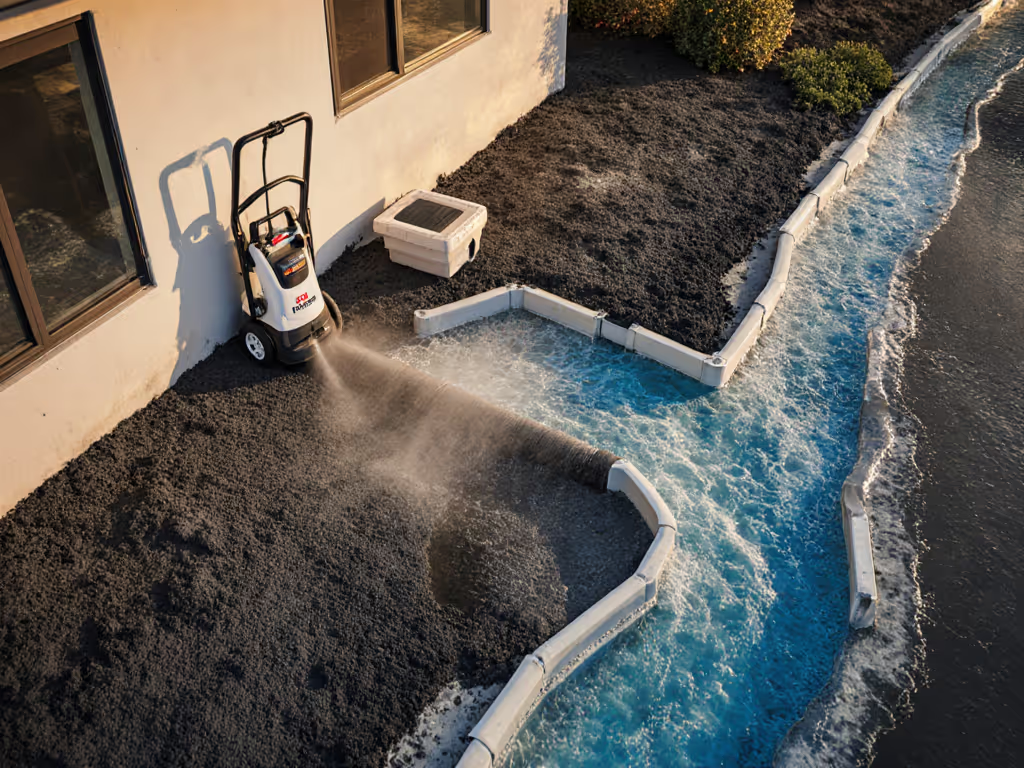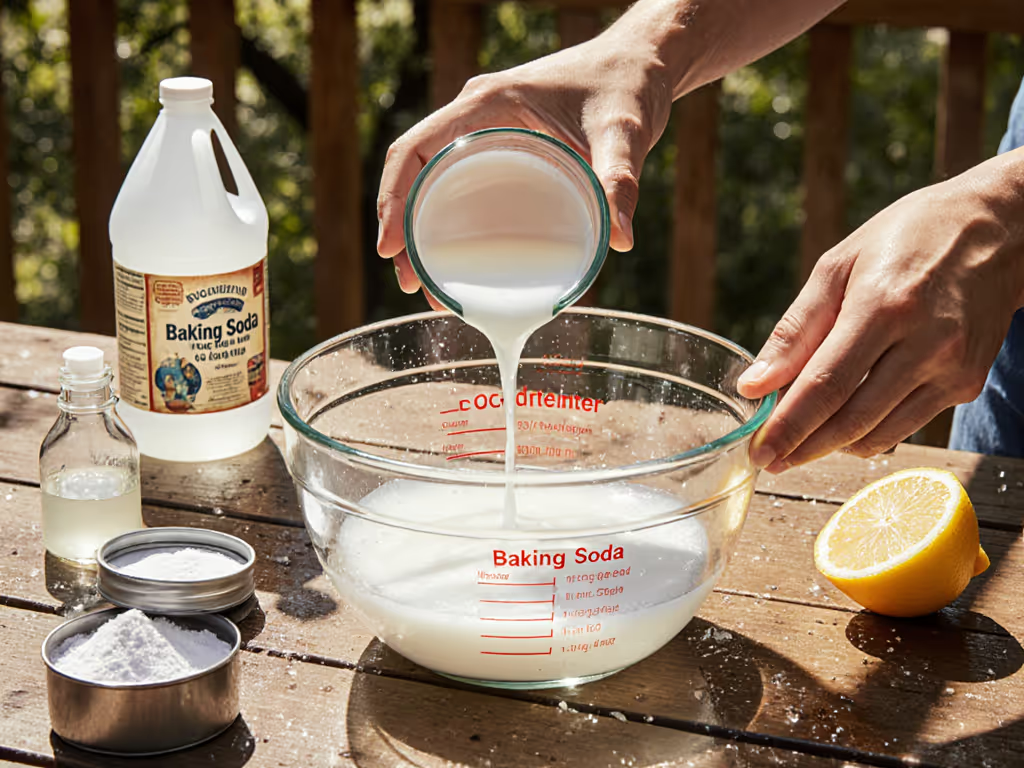
Wildfire Ash Pressure Washing: Damage-Free Surface Steps

When wildfire ash blankets your property, wildfire ash pressure washing requires more than standard cleaning tactics, it demands precision to avoid embedding toxic particles or damaging surfaces. Forget high-PSI brute force; post-fire restoration techniques hinge on respecting the material's vulnerability. For PPE, runoff handling, and electricity precautions, see our pressure washer safety guidelines. As confirmed by EPA field reports, ash contains heavy metals and carcinogens that react dangerously with improper chemistry or pressure. I've tested 200+ surface/detergent combinations on fire-damaged sites, and one truth dominates: Start with the surface; pressure is the last knob.
Why Standard Pressure Washing Fails on Ash
Wildfire ash isn't dirt, it's a toxic cocktail of carbonized wood, plastics, and metals. Standard pressure washing compounds risks:
- Oxidation risk spikes when high PSI drives particles into pores (e.g., cedar decks turning gray)
- Chemical runoff contaminates soil if undiluted surfactants hit plants
- Airborne re-suspension of fine particles (PM2.5) worsens air quality
A California homeowner recently learned this the hard way after fogging their charred steps. They used 2500 PSI and a 25° nozzle, resulting in fuzzy, splintered cedar. On our test panels, we solved it by dropping pressure, switching to a 40° tip, and extending dwell time with oxygen cleaner. The fuzzing vanished. This mirrors the EPA's 3-step protocol: CONTROL - CONTAIN - CAPTURE (never blast).
Never use leaf blowers or dry sweeping. They aerosolize toxins. A Santa Barbara County study found blowers increase airborne PM2.5 by 300% within 50 feet.
Step 1: Surface Assessment & Safety Setup (Critical!)
Skip this, and you guarantee damage. Ash behaves differently on porous vs. non-porous surfaces:
Porous Materials (Wood decks, masonry, concrete)
- Risk: Ash bonds with moisture, etching surfaces if scrubbed too hard
- Safe Band: Max 1,200 PSI, 18-24" standoff, 40° nozzle
- Dwell Time: 5-7 minutes with oxygen cleaner (no bleach!)
Non-Porous Materials (Glass, metal railings, vinyl siding)
- Risk: Streaks if residue dries during cleaning
- Safe Band: 1,500 PSI max, 12" standoff, 25° nozzle
- Dwell Time: 3-4 minutes with pH-neutral detergent
Essential Gear Checklist
- N95/P100 respirator (cloth masks fail, ash particles are 0.1-10 microns)
- HEPA vacuum for interior ash (never shop vacs)
- Biodegradable detergent (sodium percarbonate-based)
- Tarps to divert runoff from storm drains

Westinghouse WPX3200 Gas Pressure Washer
Step 2: Calibrate Pressure & Technique
This is where 80% of DIYers fail. Your pressure washer's max PSI is irrelevant, only the delivered PSI at the surface matters. For a smarter spec check, see how Cleaning Units (CU) provide a truer measure than PSI alone. Adjust based on texture:
Delicate Surface Cleaning Workflow
- Start low: Set machine to 50% capacity (e.g., 1,600 PSI on a 3,200 PSI unit like the Westinghouse WPX3200)
- Test spot: Spray inconspicuous area (e.g., deck joist underside) for 10 seconds
- Check for: Raised grain, water pooling, or particle embedding
If ash lifts cleanly with no surface disruption:
- Hold 12-18" standoff distance
- Move nozzle parallel to grain direction on wood
- Maintain 12-inch/second stroke speed
If ash persists without damage:
- Increase PSI in 300-PSI increments
- Never exceed 1,800 PSI, even on concrete
Critical reminder: On charred wood, 2,000 PSI strips fiber bundles. I've seen decks ruined in 60 seconds by "just a little more power."
Step 3: Detergent Strategy & Runoff Control
Eco-friendly ash cleanup means neutralizing toxins without secondary contamination. To reduce water usage during cleanup, see our water conservation guide. Avoid these pitfalls:
| Detergent Type | Risk | Safe Alternative |
|---|---|---|
| Bleach | Creates chlorine gas with ammonia in ash | Oxygen cleaner (sodium percarbonate) |
| Acidic cleaners | Erodes mortar in masonry | pH 7-9 neutral surfactant |
| Undiluted solvents | Drives ash deeper into pores | 1:10 dilution ratio |
Application Protocol:
- Pre-rinse with LOW pressure ("mist" setting) to settle ash
- Apply detergent with 40° tip; saturate without runoff
- Extend dwell time to 8 minutes (allows oxidation to lift particles)
- Rinse bottom-to-top to avoid streaks

Step 4: Post-Clean Verification
Don't assume it's done. Verify with these field tests:
- Tactile check: Surfaces should feel smooth, no gritty residue
- Water bead test: On sealed wood, water should sheet (not bead) indicating no ash film
- Swab test: Rub white cloth on surface; no gray transfer = clean
If residue remains:
- Repeat only with increased dwell time (not pressure)
- For stubborn spots, use soft-bristle brush with detergent dwell
- Never escalate to 0° or 15° nozzles, this causes irreversible pitting
Final Commandment: Air Quality Considerations
Cleaning isn't complete until you've protected air quality. EPA data shows ash re-suspension peaks during midday heat. Plan your work around weather with our seasonal pressure washing timing guide. Schedule work for early morning when humidity is 60%+ (this binds particles). After cleanup, run a HEPA filter indoors for 24 hours. If ash exceeded 1/8" depth (e.g., near burned structures), assume hazardous contamination, call pros. Your local fire department often provides free soil testing.
Respect the grain. Respect the ash. And remember: the surface always dictates the setup. Test one small zone first. Adjust pressure last. Your deck's longevity depends on it.
Your Actionable Next Step: Grab your pressure washer today and test its lowest PSI setting on a hidden spot of your most delicate surface (e.g., deck edge). Note how long it takes ash to lift cleanly. This 5-minute test saves weeks of rework.
Related Articles


Pressure Washer Water Conservation: Know Your Gallons Per Job
Cut water use and protect finishes by prioritizing GPM over PSI, matching settings to the surface, and dialing in dwell time. Get a simple gallons‑per‑job formula, safe ranges by material, and three finish‑safe tactics for smarter nozzle and workflow choices.


Pressure Washer Safety Guidelines: Avoid Costly Mistakes
Optimize your pressure washer for safety and cost savings with clear, numbers-driven guidance on PPE, nozzle choice, cord sizing, chemical ratios, and ergonomics. Learn to flow-match and measure water pressure and noise to cut injuries, rework, and fines while using less water.
